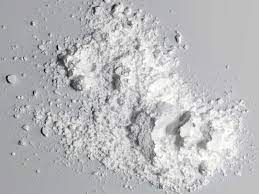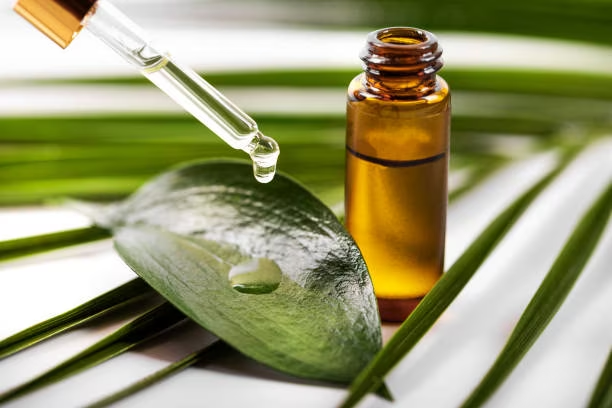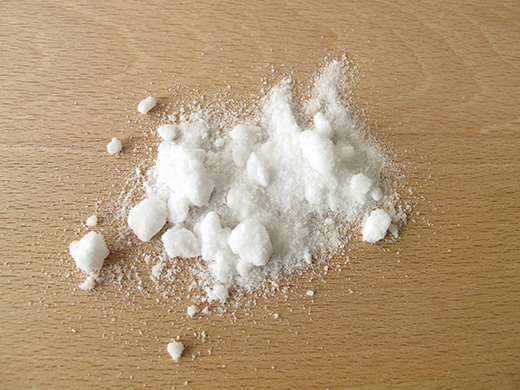
Mould growth on walls can be a common problem in many households. Not only does it look unsightly, but it can also pose health risks if left untreated.
Many people worry about damaging the paint while trying to remove mould from walls.
In this article, we will explore effective methods to safely and efficiently remove mould without causing any harm to the painted surface.
Understanding the Causes of Mould Growth
Mould growth occurs due to various factors, including high humidity levels, condensation, water leaks, and inadequate ventilation.
These conditions provide an ideal environment for mould spores to thrive and reproduce. It is crucial to understand the causes of mould growth to effectively prevent it from recurring.
By addressing the root causes, you can significantly reduce the likelihood of mould infestation.
Preventive Measures to Minimize Mould Growth
To minimize mould growth on walls and prevent further damage, it’s essential to implement preventive measures.
Here are some practical steps you can take:
- Ensure proper ventilation in rooms, especially those prone to moisture buildup such as bathrooms and kitchens.
- Use dehumidifiers to reduce excess humidity in the air.
- Repair any water leaks promptly.
- Insulate walls to prevent condensation.
- Keep the area around the walls dry and free from moisture.
Identifying Mould on Walls
Before proceeding with the removal process, it’s crucial to accurately identify mould on walls.
Mould can appear in various forms and colours, including black, green, or brown spots. It often has a musty odour.
If you’re unsure whether the substance on your walls is mould, you can consult with a professional for a proper assessment.
How to Remove Mould from Walls Without Damaging Paint?
There are several effective methods you can employ, ranging from natural remedies to commercial mould cleaners.
It’s important to choose a method that suits your preferences and the severity of the mould infestation.
1. Using Commercial Mould Cleaners
If the mould infestation is severe, commercial mould cleaners can provide effective solutions. These cleaners are specifically formulated to eliminate mould and prevent its regrowth.
Follow the instructions on the product packaging for best results.
2. Using Vinegar
Vinegar is an excellent natural remedy for removing mould. Its acidic nature helps break down mould spores and inhibit further growth. To use vinegar for mould removal:
- Dilute white vinegar with water in a 1:1 ratio.
- Fill a spray bottle with the vinegar solution.
- Spray the solution onto the mouldy areas.
- Let it sit for at least one hour.
- Scrub the walls with a brush to remove the mould completely.
- Wipe the walls clean with a damp cloth.
3. Using Hydrogen Peroxide
Hydrogen peroxide is another effective solution for removing mould from walls without damaging the paint. Here’s how to use it:
- Mix equal parts of hydrogen peroxide and water in a spray bottle.
- Spray the solution onto the mouldy areas.
- Leave it on the walls for 10 minutes to allow it to penetrate the mould.
- Scrub the walls gently with a brush or sponge.
- Rinse the walls with water and wipe them dry.
4. Using Bleach
Bleach is a powerful mould killer but should be used with caution as it can damage certain surfaces and emit strong fumes. If you choose to use bleach, follow these steps:
- Dilute bleach with water in a well-ventilated area, following the instructions on the product label.
- Put on protective gloves and goggles to avoid contact with the bleach.
- Apply the diluted bleach to the mouldy areas using a sponge or cloth.
- Let it sit for 15 minutes to allow the bleach to penetrate the mould.
- Scrub the walls thoroughly to remove the mould.
- Rinse the walls with water and ventilate the area to remove any bleach fumes.
5. Using Borax

Borax is a natural mineral compound that can effectively remove mould. Here’s how to use it:
- Mix 1 cup of borax with 1 gallon of water.
- Stir the solution until the borax is dissolved.
- Dip a sponge or cloth into the solution and scrub the mouldy areas.
- Leave the solution on the walls for a few minutes.
- Rinse the walls with water and wipe them dry.
6. Using Tea Tree Oil

Tea tree oil is a natural antifungal agent that can eliminate mould growth. Follow these steps:
- Mix 1 teaspoon of tea tree oil with 1 cup of water in a spray bottle.
- Shake the bottle well to combine the ingredients.
- Spray the solution onto the mouldy areas.
- Leave it on the walls for a few hours or overnight.
- Scrub the walls with a brush or sponge.
- Wipe the walls clean with a damp cloth.
7. Using Ammonia
Ammonia is a strong cleaning agent that can effectively remove mould. However, it should be used with caution as it emits strong fumes and can cause skin and eye irritation.
If you choose to use ammonia, follow these steps:
- Dilute ammonia with water in a well-ventilated area, following the instructions on the product label.
- Put on protective gloves and goggles to avoid contact with the ammonia.
- Apply the diluted ammonia solution to the mouldy areas using a sponge or cloth.
- Let it sit for 15 minutes to allow the ammonia to penetrate the mould.
- Scrub the walls thoroughly to remove the mould.
- Rinse the walls with water and ventilate the area to remove any ammonia fumes.
8. Using Baking Soda
Baking soda is a natural deodorizer and mild abrasive that can help remove mould. Here’s how to use it:
- Mix baking soda with water to form a paste.
- Apply the paste to the mouldy areas.
- Gently scrub the walls with a brush or sponge.
- Leave the paste on the walls for a few minutes.
- Rinse the walls with water and wipe them dry.
9. Using Distilled Ethanol
Distilled ethanol, also known as rubbing alcohol, can be an effective mould remover. Follow these steps:
- Pour some distilled ethanol into a spray bottle.
- Spray the ethanol onto the mouldy areas.
- Leave it on the walls for a few minutes.
- Scrub the walls with a brush or sponge.
- Rinse the walls with water and wipe them dry.
10. Using Sodium Hydroxide

Sodium hydroxide, also known as lye or caustic soda, can be used to remove mould. However, it is a strong chemical that can cause burns and should be handled with extreme caution.
If you choose to use sodium hydroxide, follow these steps:
- Put on protective gloves, goggles, and a mask to protect yourself from the caustic soda.
- Dissolve sodium hydroxide in water according to the instructions on the product label.
- Apply the solution to the mouldy areas using a sponge or cloth.
- Leave it on the walls for a few minutes.
- Scrub the walls thoroughly to remove the mould.
- Rinse the walls with water and ventilate the area to remove any fumes.
11. Using Citrus Seed Extract
Citrus seed extract is a natural antimicrobial agent that can help eliminate mould. Follow these steps:
- Mix citrus seed extract with water according to the instructions on the product label.
- Apply the solution to the mouldy areas using a sponge or cloth.
- Leave it on the walls for a few minutes.
- Scrub the walls with a brush or sponge.
- Rinse the walls with water and wipe them dry.
12. Using Dehumidifiers
Using dehumidifiers can help reduce excess moisture in the air, making it less favorable for mould growth.
Place dehumidifiers in areas prone to moisture, such as basements or bathrooms, to maintain optimal humidity levels.
How quickly can mould grow on walls?
Mould can start growing on walls within 24 to 48 hours in the presence of favorable conditions such as high humidity and moisture.
It’s crucial to address any signs of mould growth as soon as possible to prevent it from spreading and causing further damage.
Can mould affect health?
Yes, mould can have adverse effects on your health, especially if you have allergies or respiratory conditions. Exposure to mould spores can trigger allergic reactions, respiratory issues, and even infections.



